CARING WITH FAMILY
|
| The level of fondness shown by a particular breed towards its family members or familiar individuals varies. Certain breeds may seem distant towards everyone except their owner, whereas other breeds treat all known individuals as if they were their closest companions. |
LOVE WITH CHILDREN
Unwise
Good With Children
|
| When considering a breed's suitability for families with children, it is crucial to prioritize supervision and caution regardless of the breed in question. However, some breeds are naturally more tolerant and patient with children's behavior and exhibit an overall family-friendly nature. It is important to assess individual dogs within a breed and ensure that both the children and dogs are taught appropriate behavior and given proper guidance and supervision during interactions. |
BEHAVIOR WITH DOGS
Unwise
Good With Other Dogs
|
| The sociability of a breed towards other dogs can vary widely. While it is important to supervise and carefully introduce dogs to one another, certain breeds are generally more inclined to get along with other dogs, whether it be in a home or public setting. |
SHEDDING LEVELS & MANAGEMENT
No Shedding
Hair Everywhere
|
| The amount of fur and hair that a breed sheds varies greatly. Breeds with high shedding tendencies will require more frequent brushing to manage loose hair. It is important to note that high-shedding breeds may also trigger allergies in certain individuals. Additionally, more consistent efforts in vacuuming and using lint rollers may be required to keep the environment clean. However, it's always recommended to research and consult with professionals to determine the individual shedding characteristics of specific breeds. |
COAT GROOMING STANDARDS
|
| The grooming needs of a breed can vary significantly. Some breeds require more frequent bathing, brushing, and coat maintenance, while others have lower maintenance requirements. It's important to consider your available time, patience, and budget for grooming when choosing a breed. Regular nail trimming is necessary for all breeds. Before making a decision, research the specific grooming needs of the breed you are interested in to ensure you can provide the necessary care and maintenance to keep their coat healthy and well-groomed. |
DROOLING INTENSITY
Less Likely to Drool
Always Have a Towel
|
| The tendency to drool can vary among different breeds. Some breeds have a higher propensity to drool, while others are less prone to it. If you prefer a clean and tidy environment, breeds that produce excessive drool and leave wet spots on furniture or clothes may not be the most suitable choice for you. It's essential to consider your personal preferences and tolerance for drool when selecting a dog breed. |
COAT STYLES GUIDE |
| Smooth |
| COAT SPECTRUM |
| Short |
FRIENDLINESS
Reserved
Everyone Is My Best Friend
|
| The level of a breed's welcoming nature towards strangers can vary significantly. Some breeds may be reserved or cautious around unfamiliar individuals, regardless of the setting. On the other hand, certain breeds are generally more open and eager to greet new people whenever they come across them. It's important to consider the specific breed's disposition and socialization tendencies when assessing their likelihood of being receptive to strangers. |
LIVELINESS
Only When You Want To Play
Non-Stop
|
| The enthusiasm for play can vary among different breeds. While some breeds maintain a strong desire to play even past their puppyhood engaging in activities like tug-of-war or fetch well into their adult years, others may be more inclined to relax on the couch with their owners most of the time. It's important to consider the energy level and playfulness of a breed when choosing a dog that aligns with your preferred activity level and desire for playtime. |
VIGILANCE INTENSITY
What's Mine Is Yours
Vigilant
|
| Some breeds have a natural inclination to be alert and notify their owners of potential threats or the presence of strangers. These breeds are more likely to react and vocalize when they sense any perceived danger, whether it's the mailman or a squirrel outside the window. However, it's important to note that with proper socialization and acceptance by their family, these breeds can also warm up to strangers who enter the house. It's essential to consider the breed's inherent traits and temperament when evaluating their tendency to be alert and protective. |
ADAPTATION CAPACITY
Lives For Routine
Highly Adaptable
|
| The ability of a breed to handle change can vary greatly. Some breeds are more adaptable and flexible, easily adjusting to changes in living conditions, noise levels, weather, and daily schedules. They tend to be more resilient and less affected by variations in day-to-day life. On the other hand, certain breeds may be more sensitive or have a harder time adapting to changes. When considering a breed, it's important to assess their temperament and ability to handle different situations to ensure they will thrive in your specific environment and lifestyle. |
OBEDIENCE LEVEL
Self-Willed
Eager to Please
|
| The trainability and willingness to learn can vary among different breeds. Some breeds are known for their high trainability and eagerness to please their owner. They are typically quick learners and exhibit a strong desire to make their owner proud. Conversely, other breeds may be more independent or have a strong sense of their own preferences and tendencies. They may require more patience and consistent training to achieve desired results. When selecting a breed, it is important to consider your training goals, your own experience and abilities as a trainer, and the level of commitment you are willing to invest in training and consistent reinforcement. |
STAMINA LEVEL
|
| The exercise and mental stimulation needs of a breed can vary significantly. High-energy breeds typically require more exercise and mental stimulation to keep them satisfied and prevent boredom. They thrive on regular physical activities such as running, jumping, and playing. These breeds often enjoy engaging in interactive games and tasks that challenge them mentally as well. On the other hand, low-energy breeds have lower exercise requirements and are generally content with more relaxed activities. They are more inclined to be calm and enjoy spending time relaxing or snoozing, often making them suitable for individuals or families with a less active lifestyle. |
VOCALIZATION
|
| Medium |
LEARNING CURIOSITY LEVEL
Happy to Lounge
Needs a Job or Activity
|
| The vocalization tendencies of a breed can vary significantly. Some breeds are naturally more inclined to vocalize and may bark or howl more frequently. They may alert their owners to perceived threats, strangers, or other stimuli. Other breeds may be less vocal and only bark in specific situations, such as when they sense danger or feel anxious. It's important to note that even barkless breeds can still express themselves through other sounds, such as growls, grunts, or whines. Each breed has its own communication style and vocalization tendencies. Understanding and managing a breed's vocalization patterns is essential for maintaining a harmonious living environment. |
| COLORS |
|
Description
|
Registration Code
|
|
Brown
|
061
|
|
Brindle
|
057
|
|
Cream
|
076
|
|
Reddish Brown
|
159
|
|
Red
|
140
|
|
Fawn
|
082
|
|
| PATTERNS |
|
Description
|
Registration Code
|
|
White Markings
|
014
|
|
Piebald
|
025
|
|
Irish Marked
|
115
|
|
Black Mask
|
004
|
|






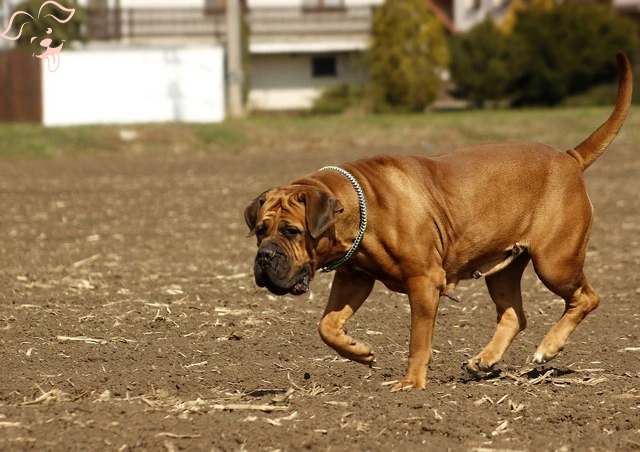
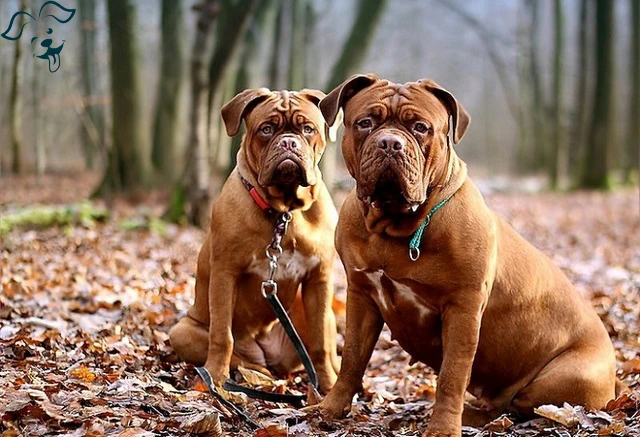
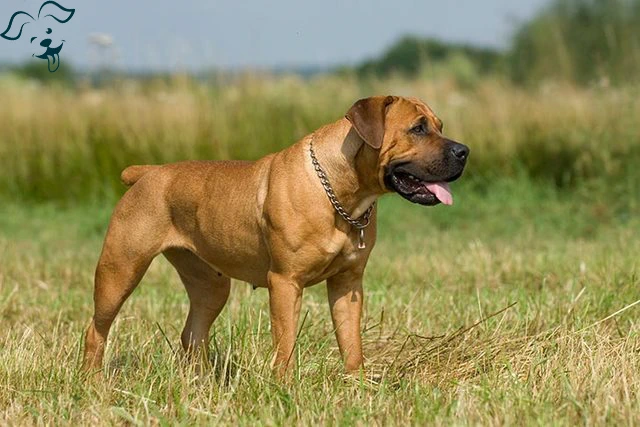
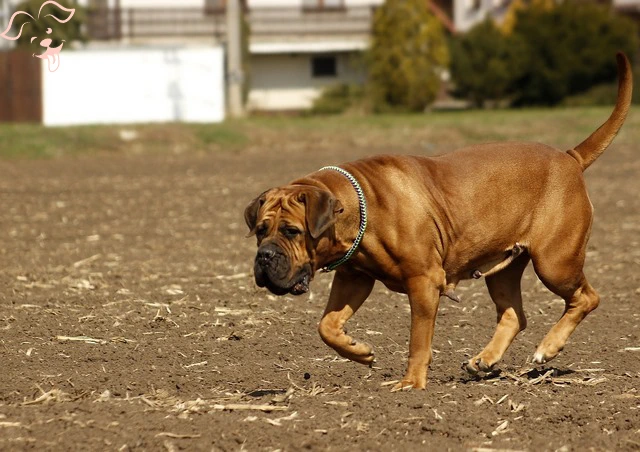







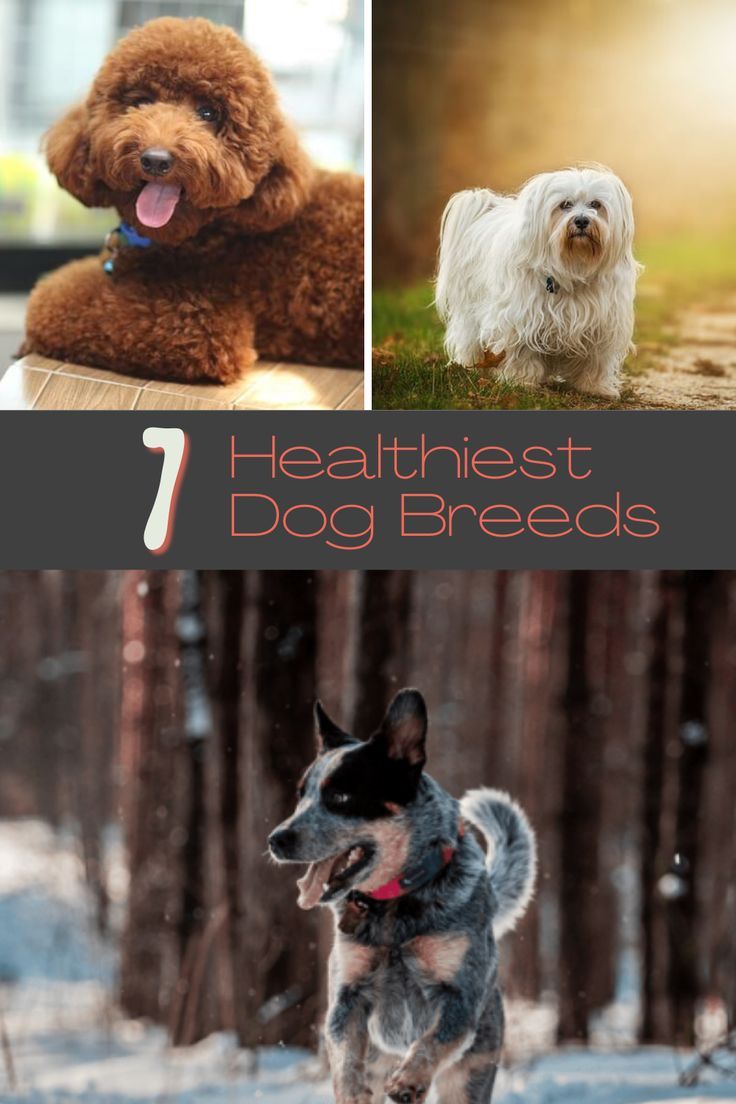

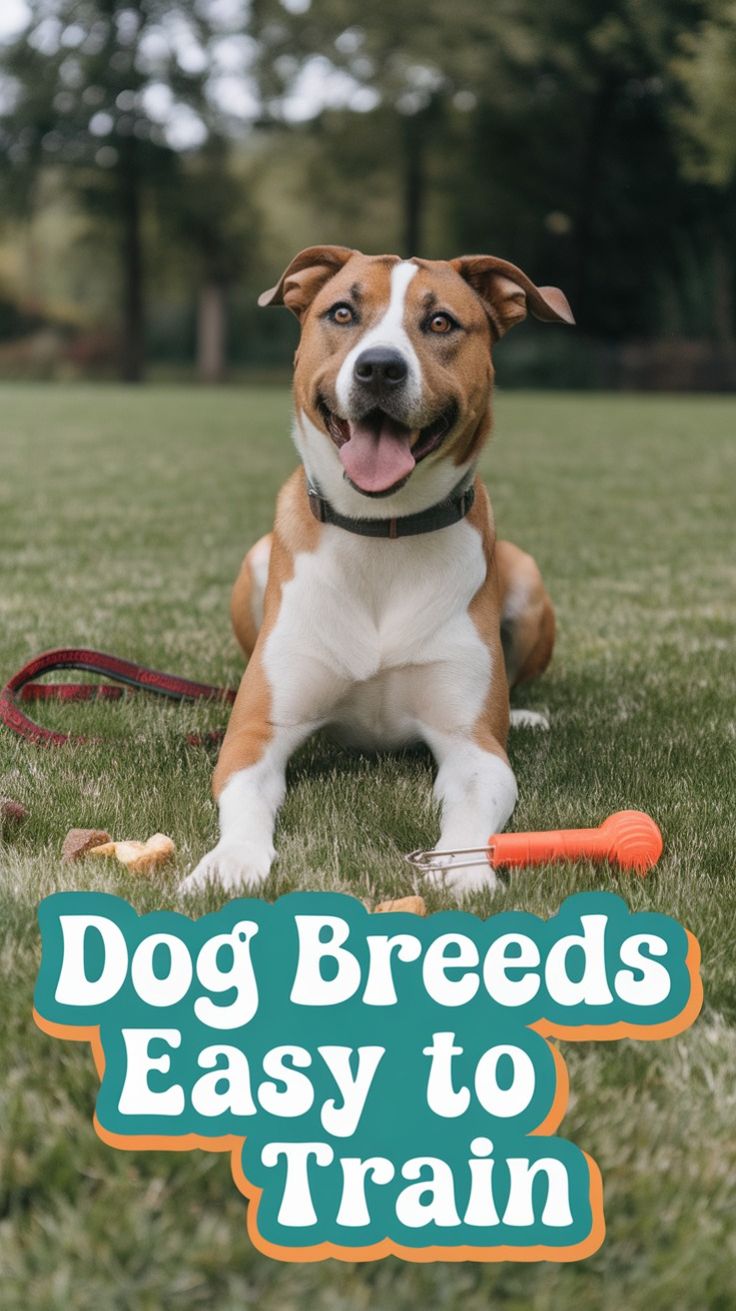
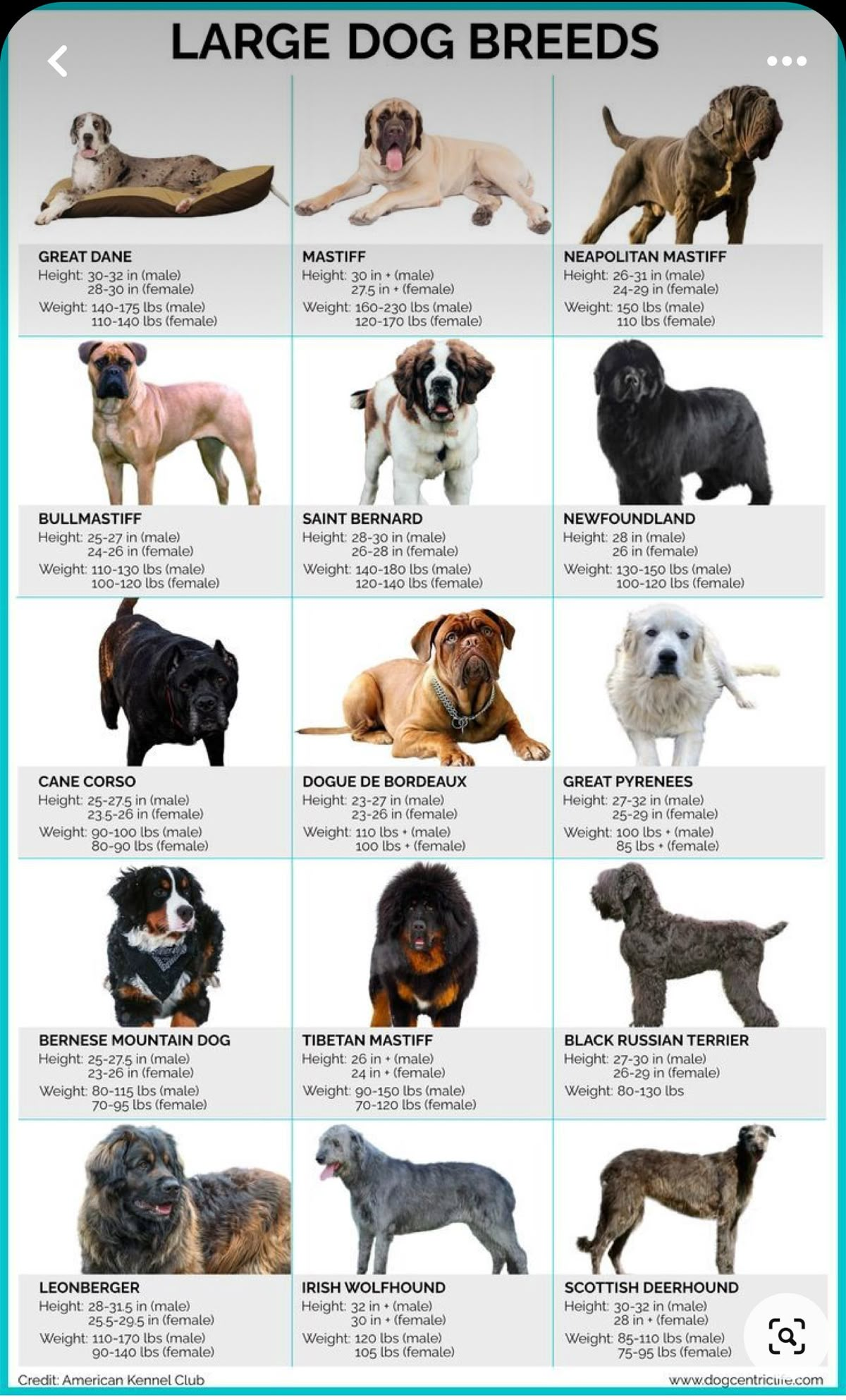

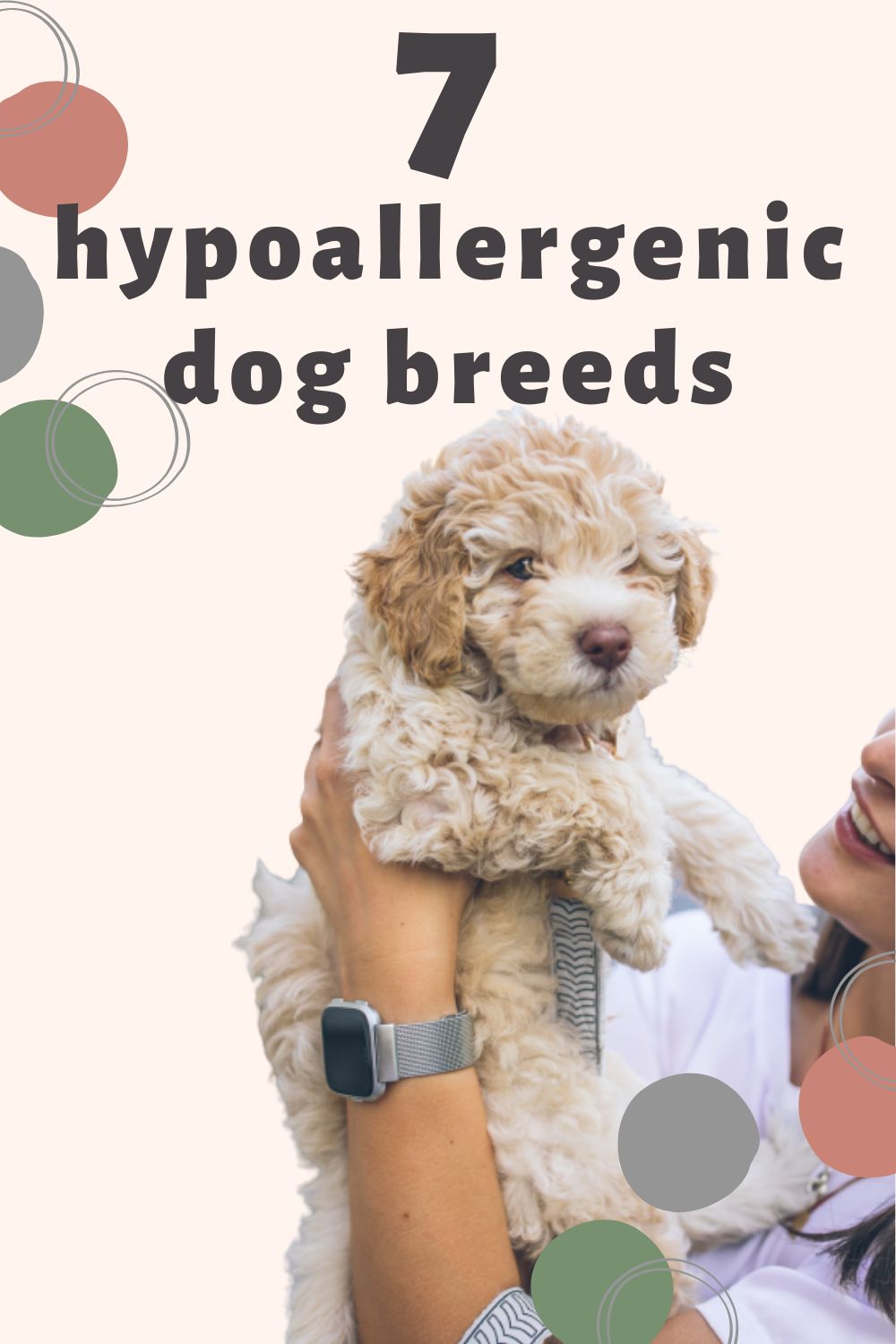




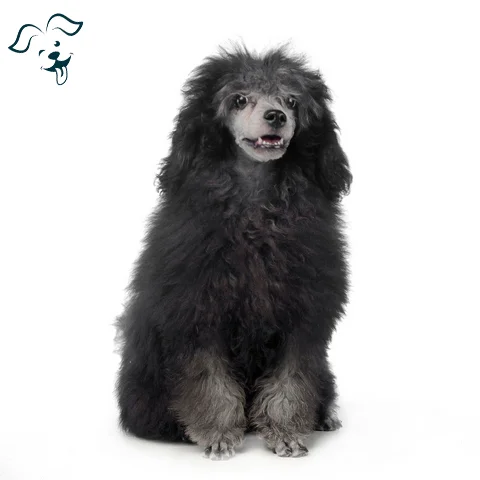

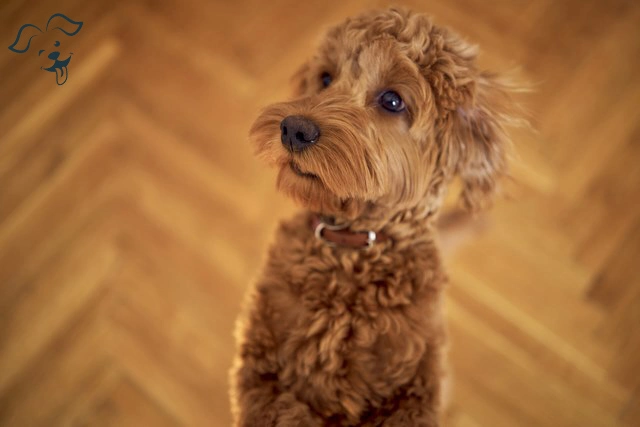
FRIENDLINESS
LIVELINESS
VIGILANCE INTENSITY
ADAPTATION CAPACITY